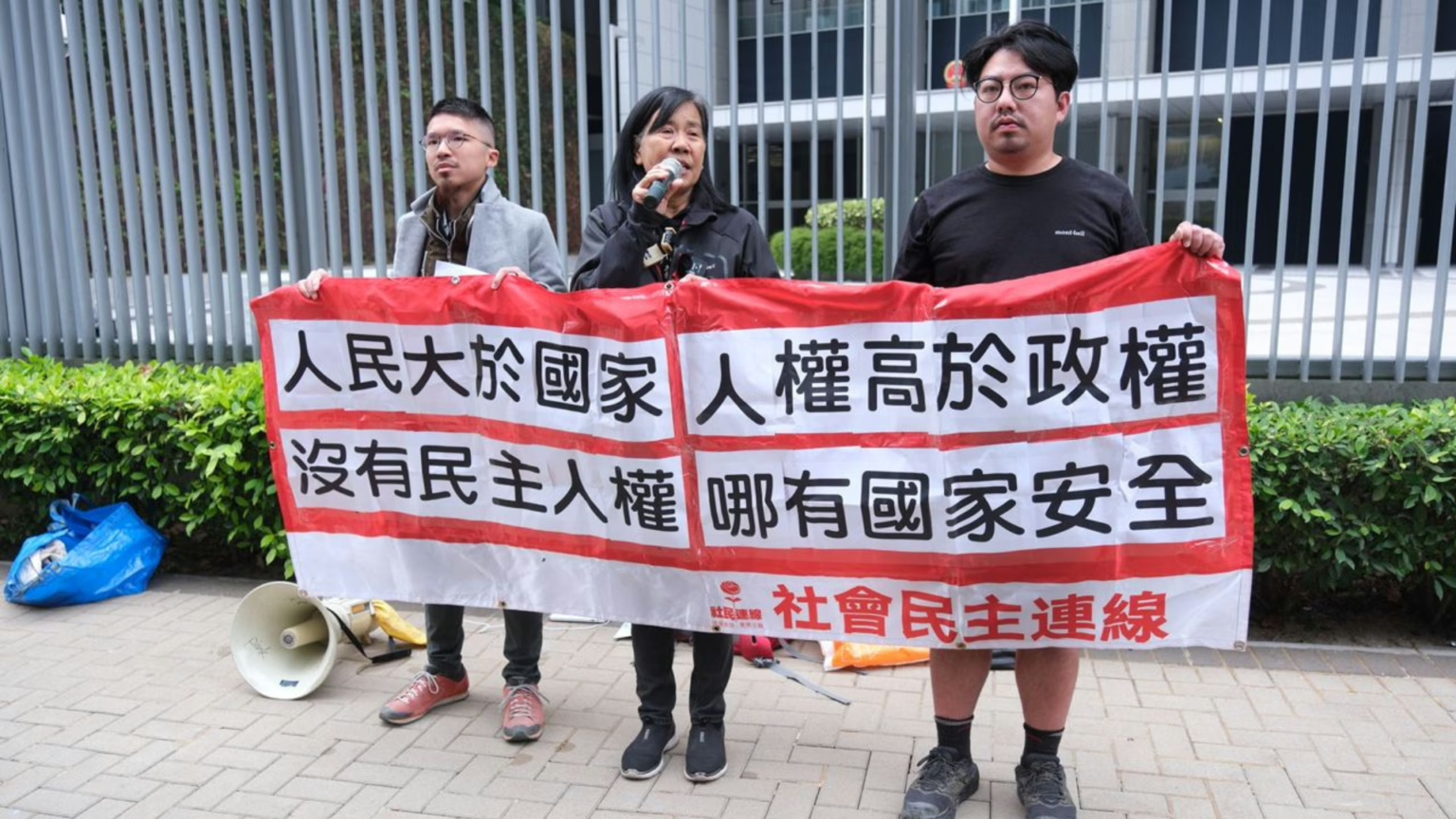The Bank of England officially introduced new pound banknotes featuring the portrait of King Charles III on 5 June 2024, marking a new chapter in British currency history. The new notes, available in £5, £10, £20, and £50 denominations, will gradually replace those bearing the late Queen Elizabeth II’s image. Below are details of the new banknotes’ design, the estimated cost of the replacement programme, and the timeline for the transition.
New Banknote Design
The new pound notes retain the existing polymer design, with the only change being the replacement of Queen Elizabeth II’s portrait with that of King Charles III on the front. According to the Bank of England, the King’s portrait was designed by British sculptor Martin Jennings and approved by His Majesty. The reverse designs remain unchanged, as follows:
- £5: Features Sir Winston Churchill.
- £10: Features author Jane Austen.
- £20: Features artist J.M.W. Turner.
- £50: Features mathematician Alan Turing.
These polymer notes incorporate advanced security features, including a transparent window and multi-layered anti-counterfeiting measures, ensuring their integrity. The new portrait design continues the tradition of featuring the reigning monarch while maintaining the notes’ modern appearance.
Cost of the Replacement Programme
Replacing the UK’s banknotes is a complex and costly endeavour. While the Bank of England has not disclosed precise figures for this transition, industry estimates and past currency replacement projects provide insight into the likely costs, which include:
- Design and Production: Designing the new notes, creating moulds, and printing them incurs significant expense. Polymer notes are more expensive to produce than traditional paper ones, with an estimated cost of 7 to 10 pence per note.
- Distribution and Logistics: Distributing new notes to banks, cash machines (ATMs), and retailers across the country involves a vast logistical network, likely costing tens of millions of pounds.
- Recycling and Destruction: Recovering and securely destroying old notes adds further costs, particularly to ensure environmentally responsible processes.
- Public Awareness: The Bank of England must fund campaigns to educate the public about the new notes, including advertising, website updates, and printed materials.
Based on previous UK transitions, such as the shift to polymer notes between 2016 and 2022, total costs could reach hundreds of millions of pounds. For instance, the initial rollout of the £5 polymer note in 2016 was estimated to cost around £70 million. Since the King Charles III notes involve only a portrait change, costs may be lower than a full redesign, but the total is still expected to range between £100 million and £200 million, depending on the volume printed and distribution scale.
Replacement Timeline
The transition to King Charles III banknotes is being implemented gradually to ensure a smooth process:
- 29 September 2022: The Bank of England announced plans to introduce banknotes featuring King Charles III, with circulation expected by mid-2024.
- 20 December 2022: The design of the new notes was unveiled, confirming that only the portrait would change, with other elements remaining the same.
- 5 June 2024: The new £5, £10, £20, and £50 notes officially entered circulation.
- Ongoing: Notes bearing Queen Elizabeth II’s portrait remain legal tender and will circulate alongside the new notes. The Bank of England has stated that old notes will be phased out gradually, with no fixed deadline for ceasing their legal tender status. The public can exchange old notes at banks, post offices, or directly with the Bank of England.
Notably, the UK previously withdrew older £20 and £50 paper notes on 30 September 2022, a process involving approximately £11 billion in old notes (around 360 million notes). The current transition to King Charles III notes does not require immediate withdrawal of older notes, minimising disruption for the public.
Public and Market Response
The launch of the new banknotes has garnered significant interest from the public and collectors. Many view the notes as a symbol of a new era for the British monarchy while appreciating the continuity of familiar design elements. Collectors have shown particular enthusiasm for early prints of the King Charles III notes, with low-serial-number notes likely to become sought-after items at auctions.
The Bank of England has assured the public that exchange services for old notes will remain available indefinitely, with designated banks (such as Barclays, Halifax, Nationwide, Lloyds, Santander, and Natwest) and post offices facilitating the process to ensure convenience during the transition.
Conclusion
The introduction of King Charles III pound banknotes is a significant step in modernising British currency. Featuring the King’s portrait while retaining existing designs, the new notes reflect both royal continuity and innovation. Despite the substantial cost of the replacement programme, estimated at £100 million to £200 million, the Bank of England’s gradual approach and long-term exchange services aim to ensure a seamless transition. As the new notes began circulating on 5 June 2024, the UK’s currency has officially entered the “Charles era”.
Discover more from “Bridging Hongkongers. Reporting Truth.”
Subscribe to get the latest posts sent to your email.




